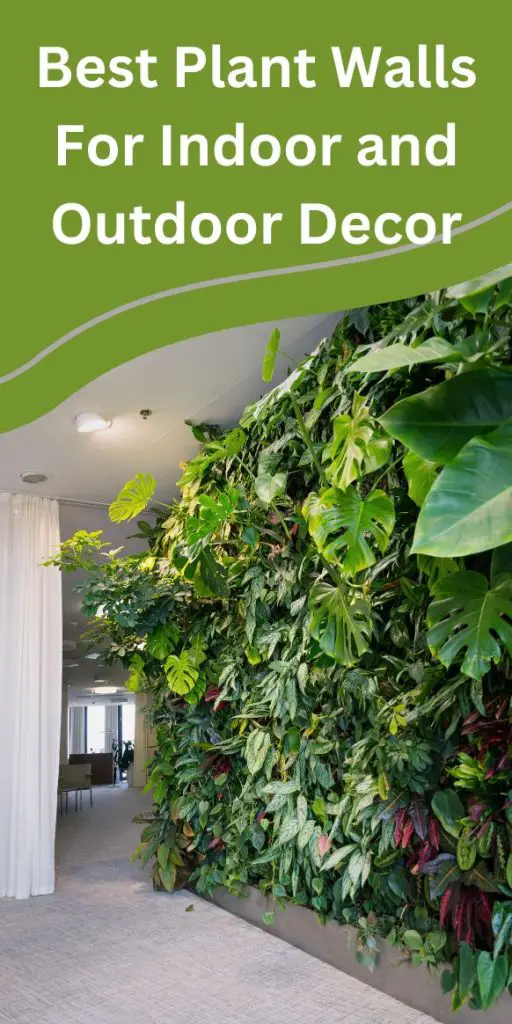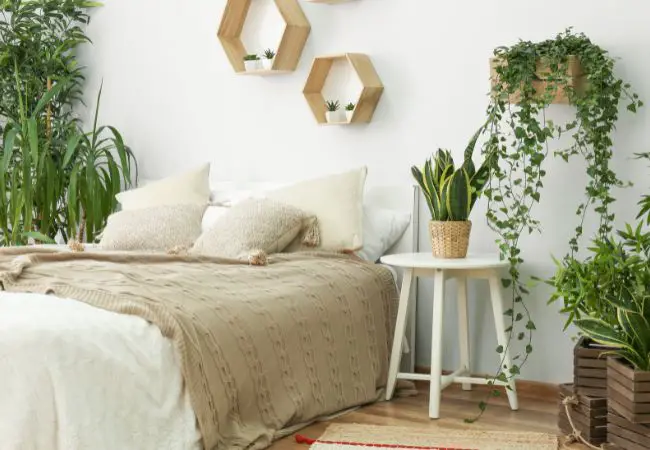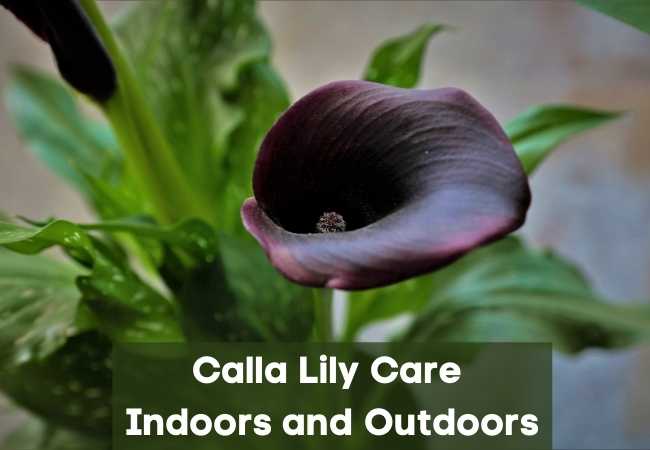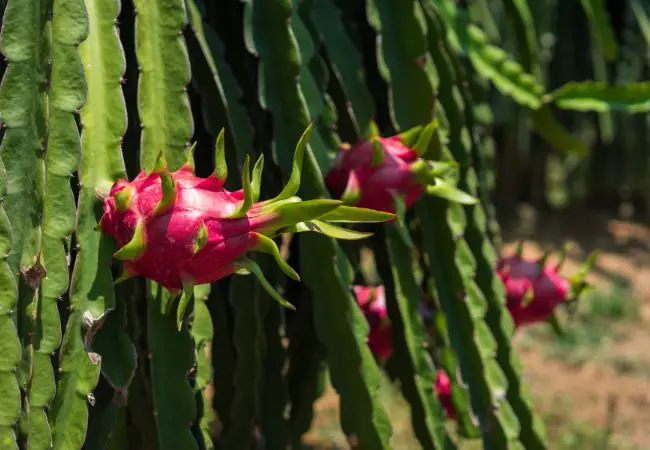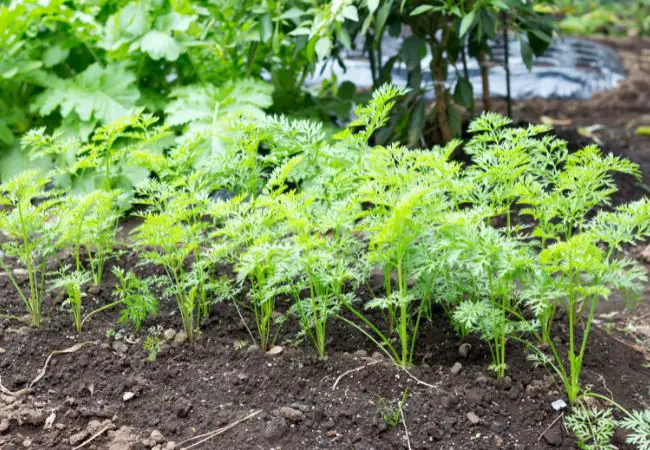Plant Walls For Indoor and Outdoor Decor
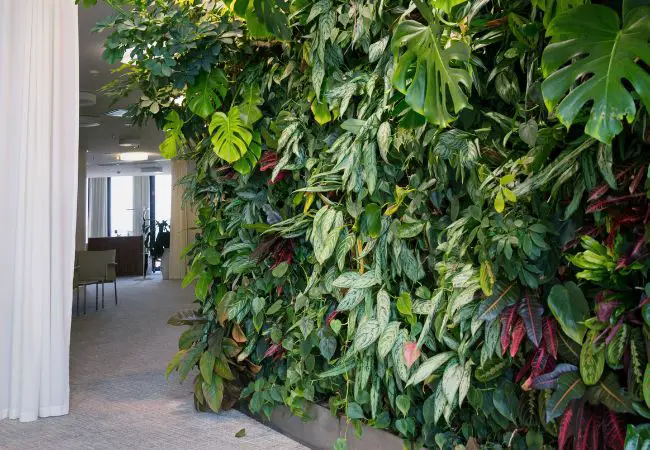
Plant walls for indoor and outdoor decor that is visually captivating and a great addition to any space. Plant walls, also known as vertical gardens or living walls, have gained significant popularity in recent years.
Plant Walls for Indoor and Outdoor Decor
These stunning displays of lush greenery provide numerous benefits, ranging from improving indoor air quality to creating visually captivating outdoor landscapes.
In this post, I will explore the advantages of plant walls, discuss different types for indoor and outdoor environments, provide design tips, and offer maintenance guidelines for ensuring their longevity and beauty.
Benefits of Plant Walls
Just like other types of plants, plant walls offer different types of benefits.
Improving Indoor Air Quality
Indoor air can be polluted with various toxins and pollutants. Plant walls act as natural air purifiers by absorbing harmful substances and releasing oxygen.
Through a process known as phytoremediation, plants effectively remove volatile organic compounds, formaldehyde, and other airborne pollutants, creating a healthier breathing environment.
Aesthetically Pleasing
One of the most significant advantages of plant walls is their ability to enhance the visual appeal of any space.
Whether it’s a home, office, or public area, these green installations bring nature indoors, creating a calming and relaxing atmosphere. The vibrant green colors and textures of the plants provide a visually striking backdrop that can transform even the dullest of spaces.
Health and Well-being
Research has shown that being surrounded by nature has numerous positive effects on mental health and overall well-being.
Plant walls contribute to stress reduction, improved concentration, and increased productivity.
Furthermore, the presence of plants helps absorb sound and reduce noise levels, promoting a more peaceful environment.
Indoor Plant Wall Decor
Types of Indoor Plant Walls
There are various options available for indoor plant walls, depending on the desired design and maintenance requirements.
These include green walls with vertical trellises, modular living wall systems, and moss walls with preserved plants.
Factors to Consider for Indoor Plant Walls
When planning an indoor plant wall, factors such as lighting requirements, watering needs, and plant selection based on space and climate conditions are crucial.
Some plants thrive in low-light environments, while others require ample sunlight. Understanding these requirements will help ensure the success of the plant wall.
Design Tips for Indoor Plant Walls
Creating a visually appealing and harmonious indoor plant wall involves careful plant selection and arrangement. Choosing plants with varying heights, textures, and colors can add depth and interest to the display.
It is also essential to consider the overall interior design and color scheme of the space to achieve a cohesive look.
Outdoor Plant Walls
Benefits of Outdoor Plant Walls
Outdoor plant walls offer numerous benefits for both residential and commercial spaces. They enhance the aesthetics and curb appeal of buildings, creating a welcoming and vibrant atmosphere.
Additionally, plant walls act as natural barriers, reducing noise pollution and providing privacy. They also contribute to environmental sustainability by reducing urban heat island effects and improving air quality.
Types of Outdoor Plant Walls
Outdoor plant walls can take different forms, such as green facades on buildings, living fences and screens, and vertical gardens on freestanding structures.
Each type offers its unique advantages and can be tailored to suit the specific outdoor space and design preferences.
Considerations for Outdoor Plant Walls
When planning an outdoor plant wall, it is crucial to consider the climate and weather conditions of the area. Some plants are more resilient to extreme temperatures, wind, and sun exposure.
Adequate watering and drainage systems should also be implemented to ensure the plants receive the required moisture without causing water damage to the structures.
Best Plant Types for Plant Walls
Here are some examples of plants that are well-suited for plant walls and can thrive in both indoor and outdoor environments. If you don’t have them in plenty, you can always use what you have, gardening and growing plants is all about experimenting.
Pothos (Epipremnum aureum):
Pothos is a popular choice for plant walls due to its versatility and low-maintenance nature. It can tolerate a wide range of lighting conditions, from low light to bright indirect light.
Pothos has heart-shaped leaves that come in various shades of green and variegated patterns, adding a touch of elegance to any plant wall.
Spider Plant (Chlorophytum comosum):
Spider plants are excellent options for plant walls, especially in indoor settings. They have long, arching leaves that cascade down, creating a beautiful cascading effect.
Spider plants prefer bright, indirect light and can tolerate occasional periods of low light. They are also known for their air-purifying properties, making them a healthy addition to any space.
English Ivy (Hedera helix):
English Ivy is a classic choice for outdoor plant walls, particularly for vertical green facades. It features lush, trailing foliage that clings to surfaces, creating a stunning green backdrop.
English Ivy prefers partial to full shade and thrives in moist, well-drained soil. Its dense growth also helps to reduce noise and enhance privacy.
Succulents
Succulents are popular choices for plant walls, thanks to their unique shapes and low water requirements. Varieties like Echeveria, Sedum, and Crassula come in a wide array of colors and textures, adding visual interest to any plant wall.
Succulents thrive in bright, indirect light and require infrequent watering, making them ideal for low-maintenance vertical gardens.
Ferns
Ferns, such as Boston Fern (Nephrolepis exaltata) and Maidenhair Fern (Adiantum spp.), are excellent choices for shady areas of both indoor and outdoor plant walls.
They have delicate, feathery fronds that create a lush and refreshing atmosphere. Ferns prefer moist soil and indirect light, making them perfect for adding a touch of greenery to shaded walls.
Mosses
Mosses, such as Sheet Moss (Hypnum spp.) and Mood Moss (Dicranum spp.), are ideal for moss walls or preserved plant installations.
They provide a velvety green surface that adds a unique and textural element to any space. Mosses thrive in moist, shaded environments and require minimal maintenance.
Mosses are also good when filling in any gaps left after establishing your other wall plants. They work well with most of the other plants.
Remember to consider the specific lighting and care requirements of each plant when selecting plants for your plant wall.
By choosing a combination of plants that complement each other in terms of color, texture, and growth habits, you can create a visually stunning and thriving plant wall that brings life and beauty to your indoor or outdoor space.
Plant Wall Maintenance and Care
General Maintenance Tips
To maintain the health and vitality of plant walls, regular watering, fertilizing, and pruning are essential.
Adequate monitoring of the plant’s growth and health allows for timely adjustments and prevents overgrowth or potential pest infestations. Proper
Hiring Professionals for Maintenance
While plant wall maintenance can be performed by individuals with knowledge and experience, hiring professionals can ensure optimal care and longevity.
Professional maintenance services offer regular inspections, expert pruning techniques, pest and disease control measures, and overall plant health monitoring.
This not only saves time and effort but also guarantees that the plant wall remains in pristine condition.
Final Thoughts on Plant Walls
Plant walls are a remarkable addition to both indoor and outdoor spaces, offering a multitude of benefits. From improving air quality and creating visually appealing environments to promoting health and well-being.
By considering factors such as lighting, water requirements, and plant selection, indoor and outdoor plant walls can thrive and enhance their respective surroundings.
Regular maintenance and professional care ensure that these living installations remain vibrant and healthy for years to come.
I hope this post on plant walls for indoor and outdoor décor helps you embrace the beauty and benefits of plant walls, and transform your spaces into captivating green oases.
If you love gardening as well as house plants and flowers, please follow me on Multigardening Pinterest for more awesome posts.
